The mid-air disintegration of the 737 MAX 9 aircraft could increase doubts about the quality of Boeing aircraft after a series of accidents.
Boeing 737 MAX 9 flight number 1282 took off from Portland International Airport, Oregon, USA on January 5, en route to California, USA. However, just 20 minutes later, the plane carrying 177 people had to make an emergency landing when a window frame broke off the fuselage, creating a hole the size of an emergency exit.
The US National Transportation Safety Board has begun an investigation into the incident in which a Boeing 737 MAX 9 crashed at an altitude of more than 15,000 feet. Jennifer Homendy, chair of the board, said the incident could have been much worse if it had happened at a higher altitude.
If the fuselage ruptured at a cruising altitude of about 10,000 meters, the cabin would immediately lose its pressurization, all the oxygen would escape, and passengers inside would quickly become unconscious and freeze. Those who unbuckled their seat belts to walk around the cabin could also be sucked out through the hole.
"We feel very fortunate that the incident did not lead to something more tragic," Homendy said.
The fuselage rupture capped a tumultuous year for Boeing, which has been plagued by problems with its 737 MAX aircraft. Following the incident, the US Federal Aviation Administration (FAA) ordered the suspension of all 171 Boeing 737 MAX 9 aircraft for inspection.
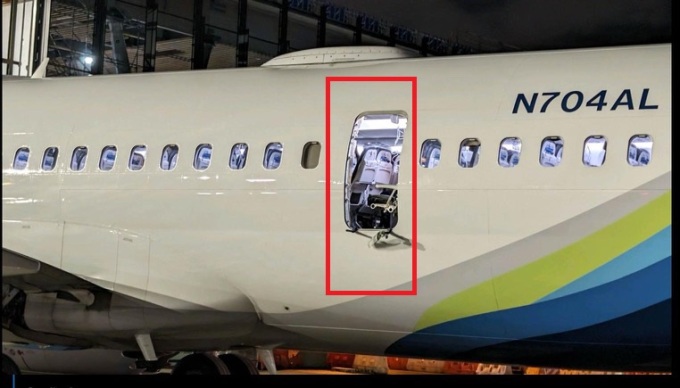
The window was blown out during the Boeing 737 MAX 9 incident in the US on January 5. Photo: X/ FL360aero
Boeing said it supported the decision and that safety remained its “top priority.” Boeing executives contacted affected airlines over the weekend to reassure customers and investors that the issue was under control.
However, the incident could deal a serious blow to Boeing’s reputation, which has already been severely damaged by the fact that the 737 MAX 8 was grounded worldwide following two fatal crashes in 2018 and 2019 that killed 346 people. Investigations have found multiple problems with the design of the plane’s Maneuvering Characteristics Augmentation System (MCAS), but the FAA has not yet fully disclosed the details.
Investigators believe that sensors mounted on the nose of the 737 MAX 8 may have provided erroneous information about the angle of attack (the angle between the plane's nose and the airflow), causing the MCAS to over-interfere with the control system. As a result, two Ethiopian Airlines and Lion Air planes both stalled and crashed in less than five months.
The series of crashes involving the 737 MAX 8 has shaken public confidence in both Boeing and the FAA. When the plane is cleared to resume service in 2020, rebuilding that confidence will be a long process, even though Boeing has pledged that its aircraft meets all safety standards.
The MAX's troubled history means the Jan. 5 crash will likely increase regulatory scrutiny of the company's safety record and transparency, said Dennis Tajer, a spokesman for the Pilots Association, which represents American Airlines flight crews.
“We have to ask, ‘What else is there?’ When you hide things in the past, we have to say, ‘We don’t trust you. Tell us more,’” Tajer said.
Last month, Boeing asked airlines to check for loose bolts on the MAX's rudder control system after discovering faulty parts installed in the wrong places on some planes in early 2023. Boeing has been hit by supply chain disruptions in 2022 and problems with the 787 that have delayed deliveries by 20 months.
Democratic Senator Maria Cantwell, chairwoman of the Senate aviation oversight committee, said she had been briefed by the head of the FAA on the latest fuselage failure and agreed with the decision to ground the 737 MAX 9 fleet. Cantwell, who played a key role in pushing for changes after the MAX crashes, said she would continue to monitor the investigation.
“Safety is paramount. Aircraft manufacturing must meet the gold standard, including quality inspections and strict FAA oversight,” she said.
It is unclear what the FAA will require before allowing the MAX planes to return to the skies. The agency said in a statement that “they remain grounded until the FAA determines that they are safe.”
However, observers say the incident has raised more doubts about Boeing's quality.
"This incident should not happen on any aircraft. And the fact that it happened on a plane that was only three months old is unacceptable. This adds to the impression that Boeing has forgotten how to build aircraft," said Nick Cunningham, an analyst at Agency Partners in the US.
John Cox, retired pilot and CEO of US aviation safety consultancy Safety Operating Systems, said Boeing can still produce high-quality planes, but the repeated incidents have raised questions about its ability to maintain quality.
Ron Epstein, an expert at the American Institute of Aeronautics and Astronautics, agreed. "The latest incident raises questions about how Boeing is implementing quality control as they seek to ramp up production," Epstein said.
Inside the cabin of an Alaska Airlines Boeing 737 MAX 9 whose door burst open on January 5. Video: CBS
The January 5 incident also put Boeing supplier Spirit AeroSystems in the spotlight. The company confirmed on January 6 that it had installed the door component that popped open, but declined to comment further.
Over the past year, Spirit AeroSystems has been involved in a number of MAX production issues, including improperly installing components in early 2023 and improperly drilling holes in the rear pressure bulkhead.
Observers say the investigation will have many consequences for Boeing, such as closer FAA supervision of the planes it produces.
The new incident could also make things more difficult for Boeing in the Chinese market. Beijing has delayed deliveries of new Boeing 737 MAX aircraft in recent years, as relations between China and the US have been strained over a number of issues.
Boeing delivered a 787 to China last month, and observers were optimistic that Beijing would accept another batch in the coming months as relations with Washington gradually improve. But Scott Hamilton, editor of Leeham News, a consultancy, noted that “any incident could cause China to change its mind again.”
Thanh Tam (According to Washington Post, WSJ, FT )
Source link


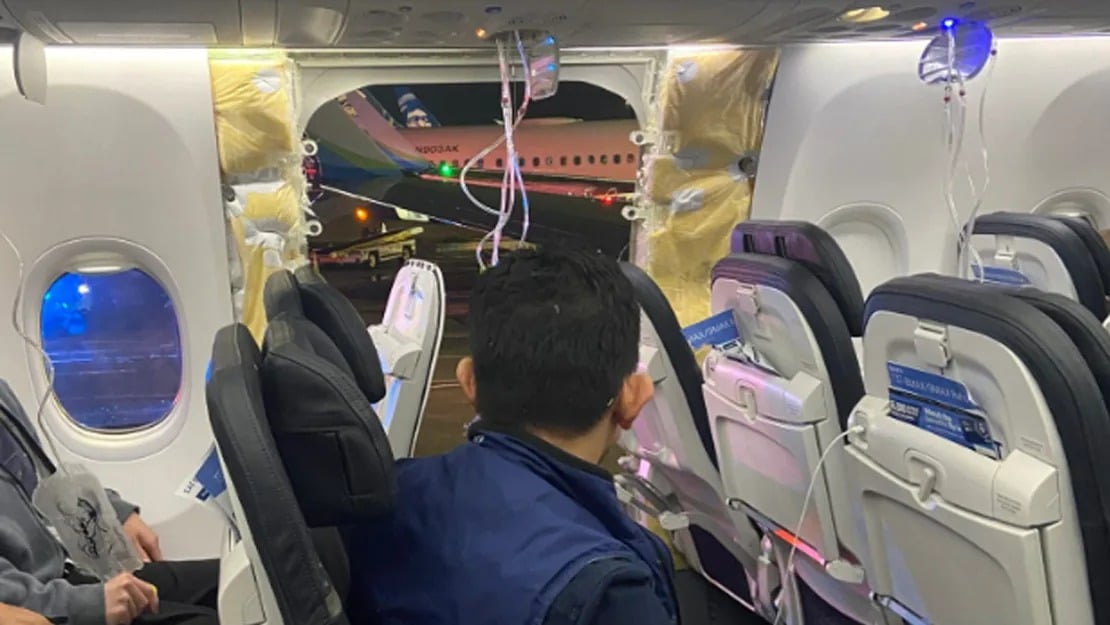


![[Photo] Prime Minister Pham Minh Chinh receives Mr. Jefferey Perlman, CEO of Warburg Pincus Group (USA)](https://vstatic.vietnam.vn/vietnam/resource/IMAGE/2025/4/18/c37781eeb50342f09d8fe6841db2426c)










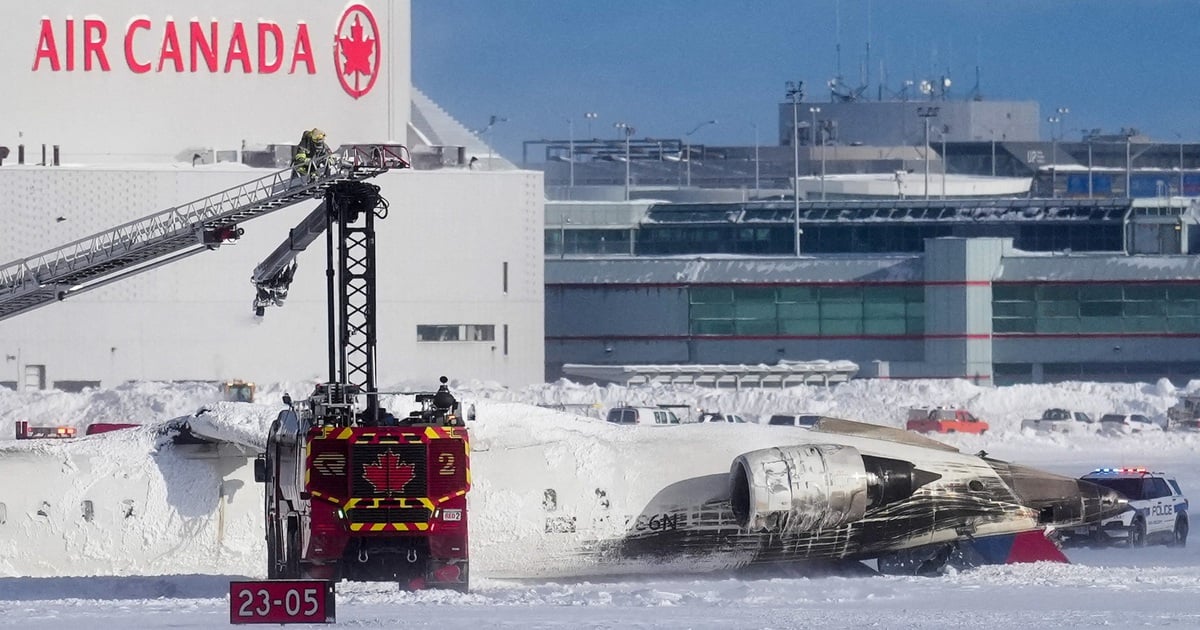

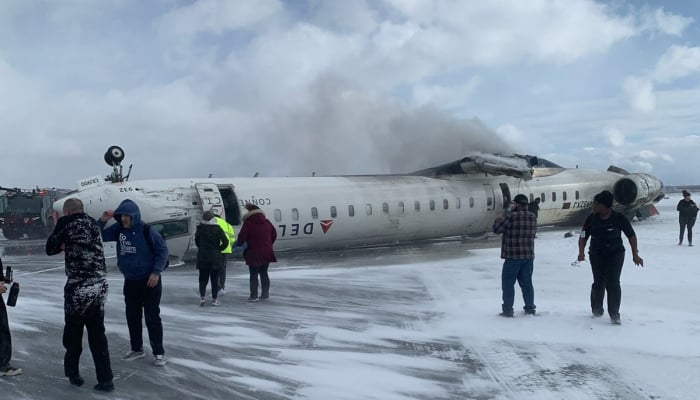




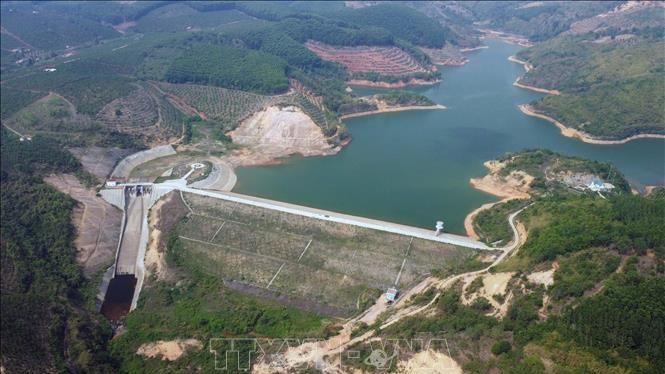






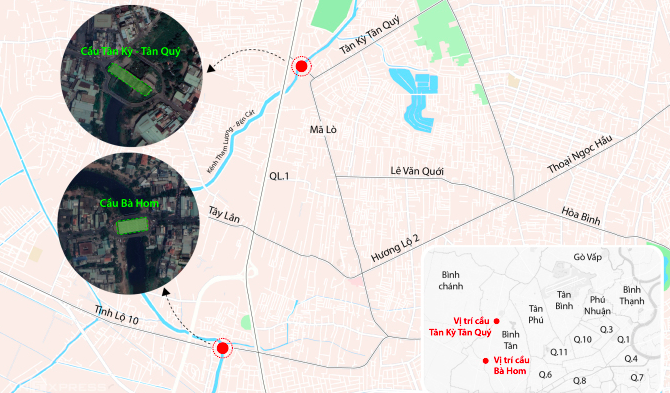


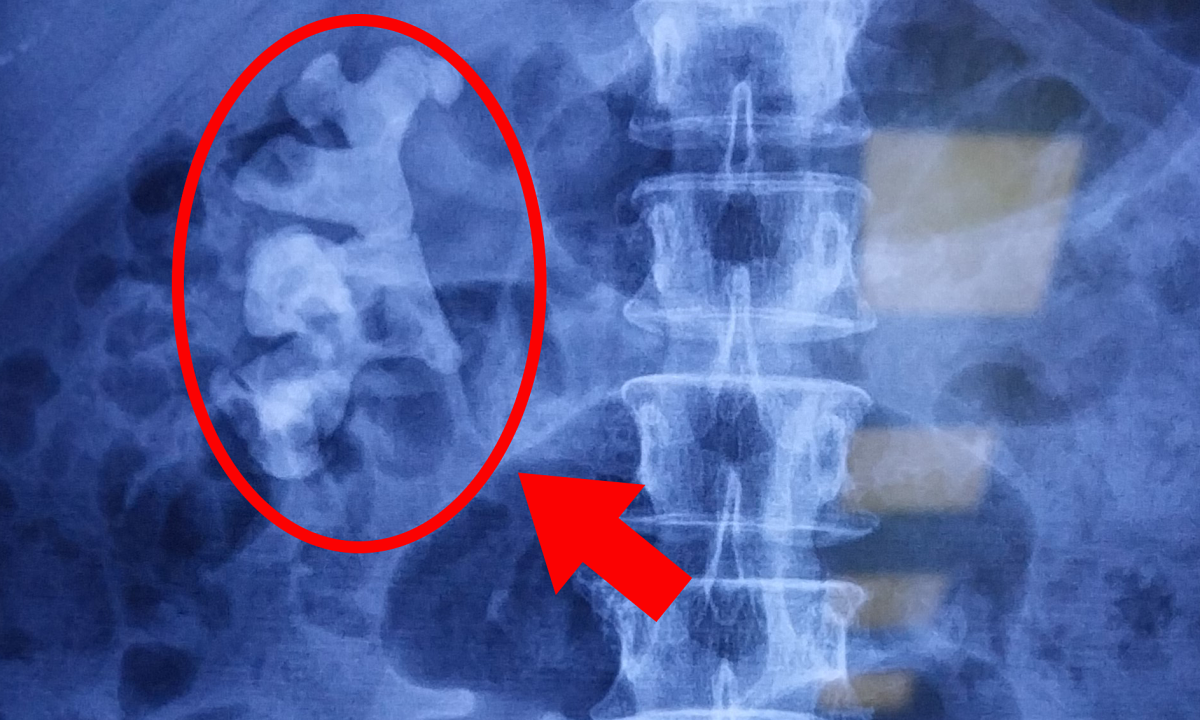










































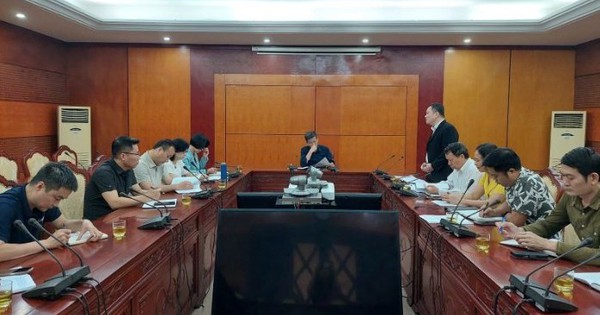









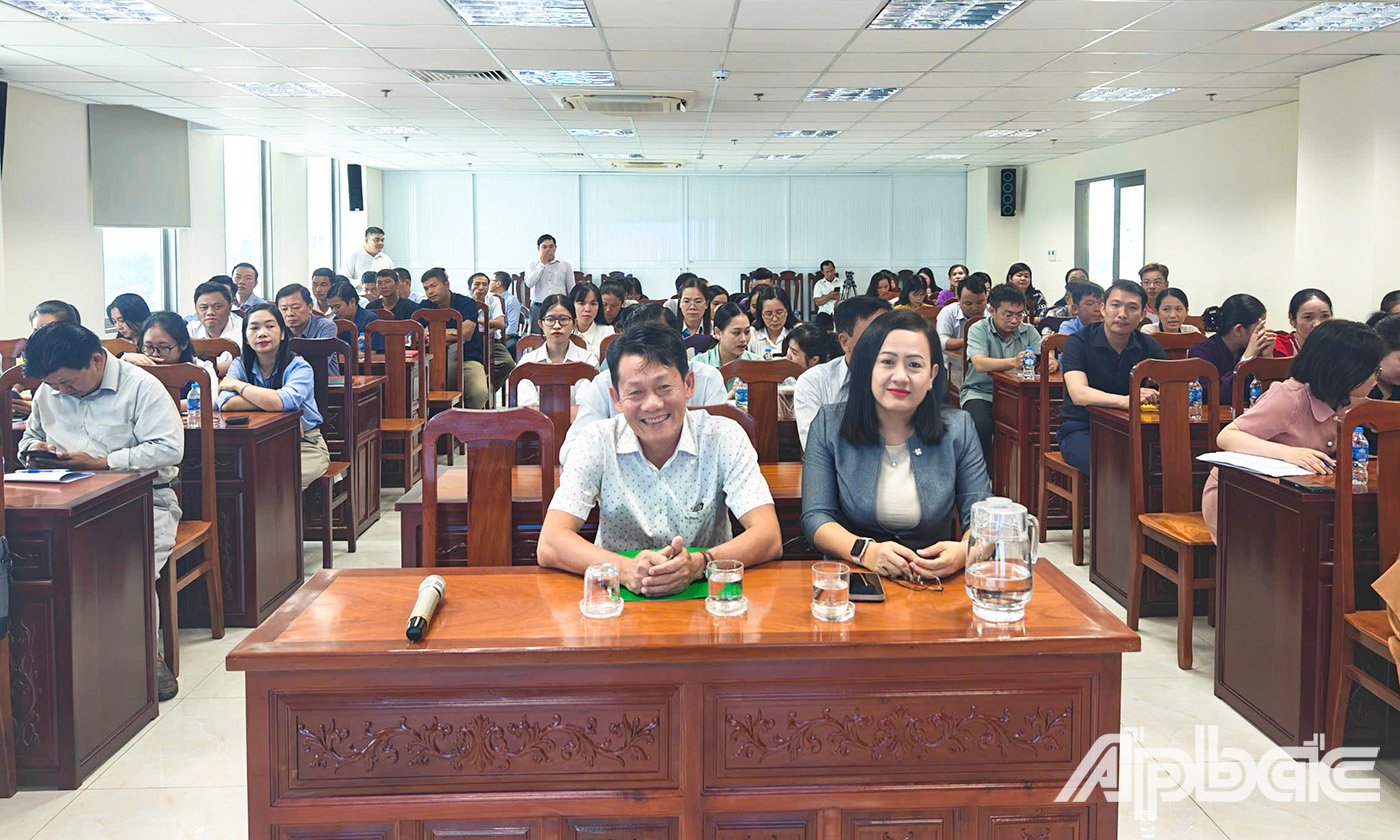















Comment (0)